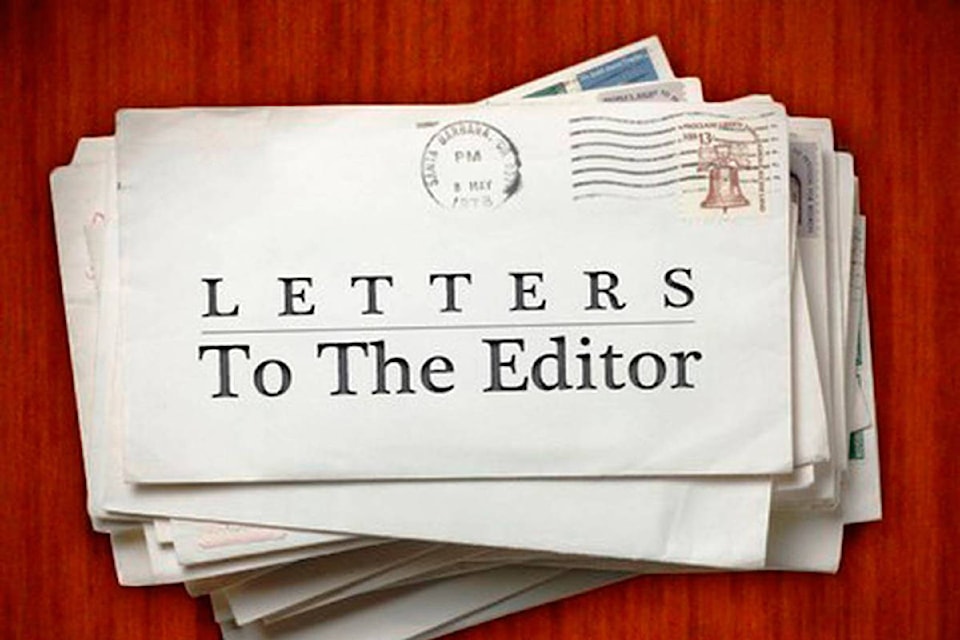Editor,
No one seems to talk about the fact that if passed, proportional representation in any form will mean bigger government which of course correlates to more cost for the taxpayer. In this case up almost 10 per cent.
The electoral referendum guide states that under the current FPTP system there are 87 MLAs in office. Under proportional representation it would be between 87 and 95. Knowing the nature of government, it will certainly be close to, if not all 95 — or more. And these extra MLA’s will not end up in low density, rural ridings but in more densely populated ones. This means a diluted representation for rural voters.
To me though, the worst part about proportional representation will be the erosion of voting transparency. If you were like me, you were probably surprised to hear that the Greens and NDP were even allowed to combine parties AFTER the election. “How is that even legal,” I thought.
This is rare with FPTP, but with proportional representation you will see this as the standard. After you’ve voted you’ll find out your party is now amalgamated with various others you didn’t vote for, as they all try to add seats to top the other party. This will be frustrating regardless of what party you support and will likely further discourage voters from even casting their ballot. It was said best at the Chamber of Commerce luncheon: “With the existing FPTP, parties make their alliances before the elections; with proportional representation, parties make alliances after the elections.”
That is neither transparent, fair nor proportional.
Theo Bandstra
Smithers
